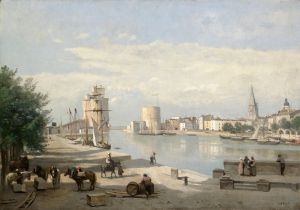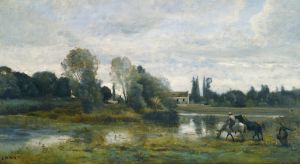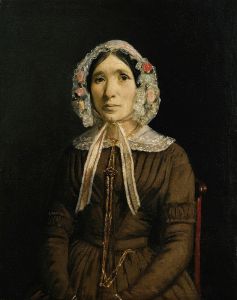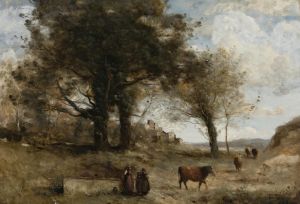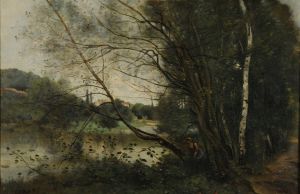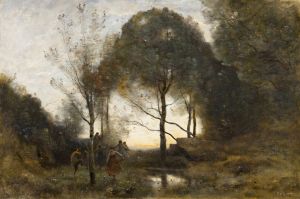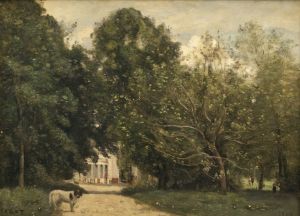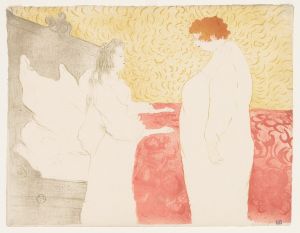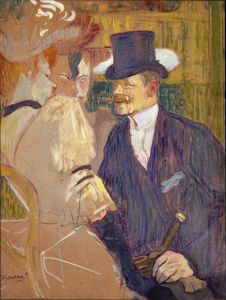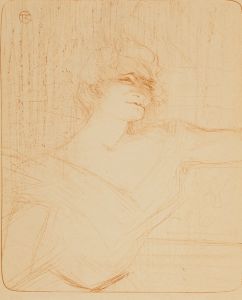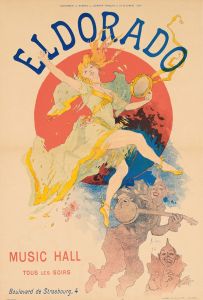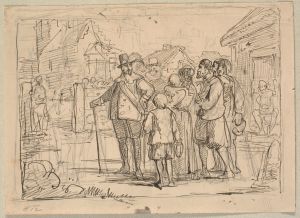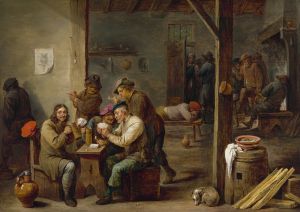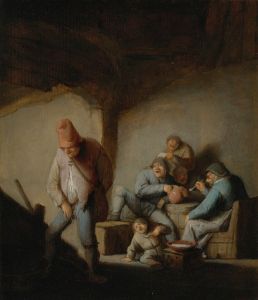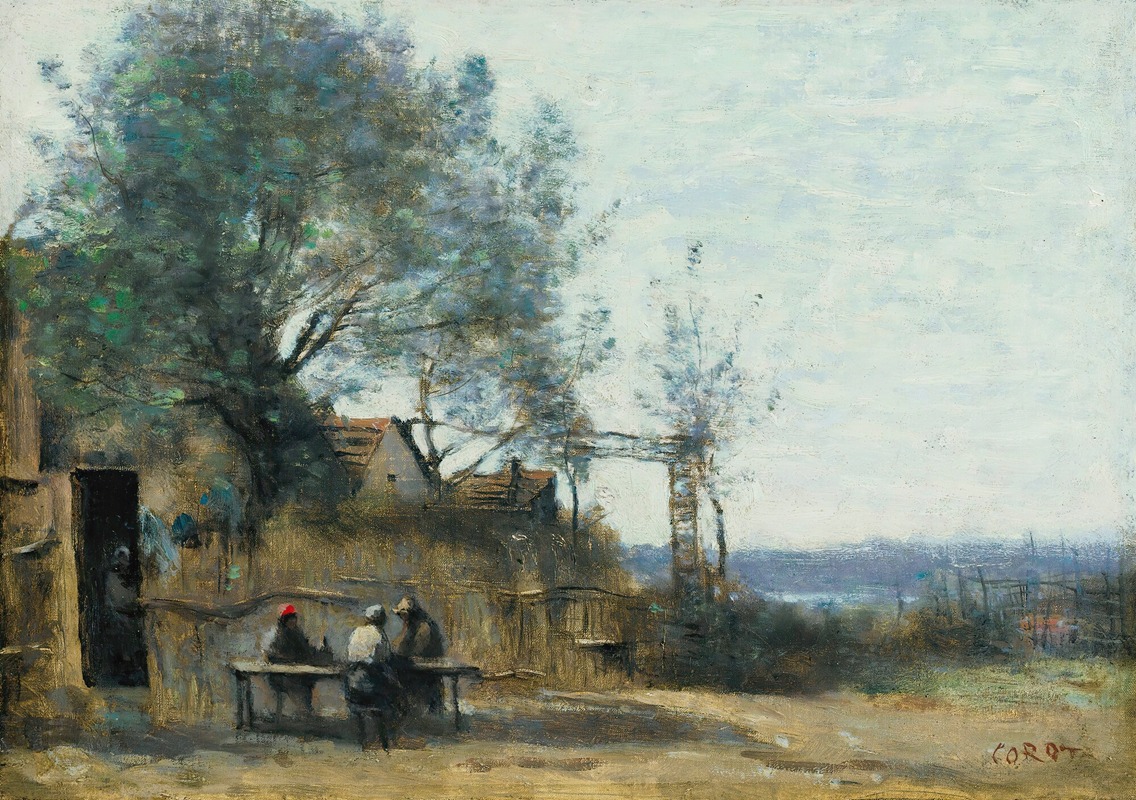
Paysans Attablés À La Porte D’un Cabaret
A hand-painted replica of Jean-Baptiste-Camille Corot’s masterpiece Paysans Attablés À La Porte D’un Cabaret, meticulously crafted by professional artists to capture the true essence of the original. Each piece is created with museum-quality canvas and rare mineral pigments, carefully painted by experienced artists with delicate brushstrokes and rich, layered colors to perfectly recreate the texture of the original artwork. Unlike machine-printed reproductions, this hand-painted version brings the painting to life, infused with the artist’s emotions and skill in every stroke. Whether for personal collection or home decoration, it instantly elevates the artistic atmosphere of any space.
"Paysans Attablés À La Porte D’un Cabaret" (Peasants Seated at the Door of an Inn) is a painting by the French artist Jean-Baptiste-Camille Corot. Corot, born on July 16, 1796, in Paris, and died on February 22, 1875, was a pivotal figure in landscape painting and a precursor to the Impressionist movement. His works are known for their poetic and atmospheric qualities, often capturing the serene beauty of the French countryside.
This particular painting, "Paysans Attablés À La Porte D’un Cabaret," depicts a group of peasants seated outside an inn, engaging in what appears to be a moment of rest and social interaction. The scene is characteristic of Corot's ability to capture the simplicity and tranquility of rural life. The composition is balanced, with the figures arranged in a natural, unposed manner, contributing to the overall sense of realism and intimacy.
Corot's technique in this painting reflects his mastery of light and shadow, as well as his delicate brushwork. The use of soft, muted colors creates a harmonious and peaceful atmosphere, which is a hallmark of Corot's style. The background, likely a rural landscape, is rendered with a gentle touch, providing a subtle yet effective contrast to the more detailed depiction of the figures in the foreground.
Throughout his career, Corot was influenced by his travels in Italy, where he studied the works of the Old Masters and developed his approach to landscape painting. His Italian sojourns, particularly in Rome and the surrounding countryside, had a profound impact on his artistic development. However, Corot's work also reflects his deep appreciation for the French landscape, which he depicted with a unique blend of realism and idealism.
"Paysans Attablés À La Porte D’un Cabaret" is a fine example of Corot's genre scenes, which, while less numerous than his landscapes, demonstrate his versatility as an artist. These genre scenes often feature rural inhabitants engaged in everyday activities, providing a glimpse into the lives of ordinary people during the 19th century.
Corot's influence extended beyond his lifetime, as he played a crucial role in the transition from traditional landscape painting to the more modern approaches of the Impressionists. Artists such as Claude Monet and Camille Pissarro admired Corot's work and were inspired by his innovative use of light and color.
Today, Corot's paintings are held in high regard and can be found in major museums and private collections around the world. "Paysans Attablés À La Porte D’un Cabaret" is a testament to his skill in capturing the essence of rural life with sensitivity and grace.
In summary, "Paysans Attablés À La Porte D’un Cabaret" by Jean-Baptiste-Camille Corot is a notable work that exemplifies the artist's ability to portray the quiet beauty of the French countryside and the simple pleasures of rural existence. Through his masterful use of light, color, and composition, Corot created a scene that resonates with a timeless sense of peace and authenticity.





